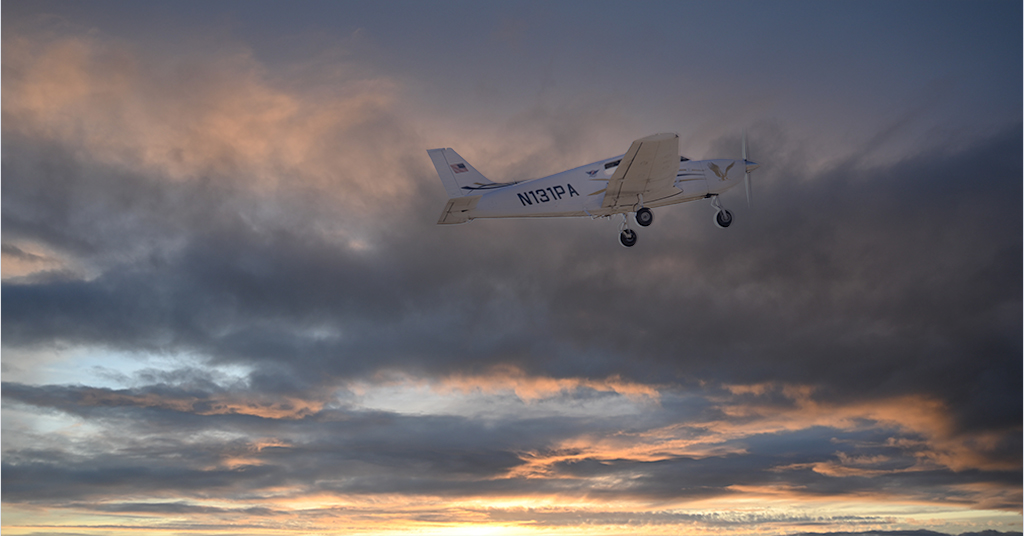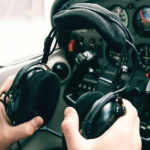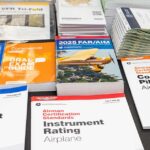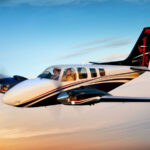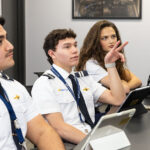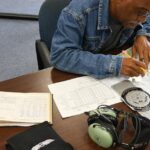Logging flight hours is an essential part of pilot training and certification, but it’s important to understand that accumulating hours isn’t the same as gaining meaningful flight experience. The real difference between a pilot who simply logs time and one who develops true skill lies in how those hours are spent. To become a proficient aviator, pilots must actively engage in each flight, seeking challenges and embracing growth.
Quality Over Quantity: The Real Measure of Experience
A pilot with 500 logged hours could have 500 unique experiences, or they could repeat the same flight 500 times.True growth and progress comes from making each hour count—refining skills, expanding knowledge, and building confidence. This isn’t something that happens passively; it requires a conscious effort to make every flight a learning opportunity.
The key to meaningful experience is active participation. Every flight offers a chance to learn something new, whether it’s mastering a complex maneuver, navigating through unfamiliar airspace, or adapting to changing weather conditions. Pilots should experiment with different techniques, such as flying at different altitudes, practicing in simulators, using autopilot systems effectively, hand-flying routes, and exploring unfamiliar approaches. These experiences not only enhance technical skills but also improve critical decision-making abilities and judgement.
Weather: A Crucial Teacher
Weather is one of aviation’s most unpredictable elements and a key component of real-world flight experience. While clear skies and calm winds are ideal for initial training, pilots must also learn to navigate through the challenges presented by marginal or adverse weather. This is where an experienced Certified Flight Instructor (CFI) plays a vital role.
A skilled instructor can introduce pilots to conditions like light rain, lowering ceilings, or crosswinds during training. Although these conditions may feel intimidating to new pilots, they provide invaluable lessons in risk assessment, making go/no-go decisions, and adapting mid-flight. It’s important to remember that weather training must always prioritize safety. Instructors should guide students through manageable conditions while teaching them how to recognize potential hazards early. Training exclusively on bright, sunny days alone can leave students unprepared for more challenging conditions in their future flying careers.
Active Participation in Every Flight
What sets a growing pilot apart from one who merely logs time is active participation in every flight. Take fuel management, for example. Pilots often switch tanks long before they’re empty, which can lead to uneven fuel distribution and potentially increase the risk of running dry at a critical moment. Understanding how to manage fuel distribution to maximize range and maintain balance properly is a key part of active engagement.
Similarly, precision flying—whether it’s maintaining tight GPS course lines, practicing smooth rollouts from turns, or performing manual approaches—helps develop skills necessary for complex situations. Every small effort to improve accuracy and control prepares pilots for the challenges of real-world flying.
Building Instrument Proficiency
Instrument flying is another area where active participation is crucial. While instrument training under the hood is valuable, nothing compares to flying in actual instrument meteorological conditions (IMC). Encountering real clouds, turbulence, and limited visibility is an entirely different experience, requiring pilots to rely fully on their instruments and training.
CFIs should integrate actual IFR conditions into training whenever safely possible. Newly rated instrument pilots should also seek out opportunities to practice their skills regularly, starting with simple departures or approaches and gradually progressing to more challenging scenarios. This approach helps prevent skills from getting rusty and builds the confidence needed to handle unexpected IMC.
Expanding Horizons: Flying Beyond the Familiar
True growth as a pilot happens when you step outside your comfort zone. This could mean flying to unfamiliar airports, navigating mountainous terrain, or operating in complex airspace. Each new challenge builds experience and broadens a pilot’s skill set.
For instance, pilots accustomed to flat, open terrain may feel overwhelmed flying in the mountains. A CFI familiar with the area can guide them through valley airstrips and teach strategies for handling terrain-related weather. Similarly, flying into Class B airspace for the first time can feel daunting, but with preparation and guidance, it becomes an opportunity to master communication and navigation in crowded airspace.
Embracing Challenges to Grow
Avoidance is the enemy of growth. While it’s natural to gravitate toward familiar conditions and routes, seeking out and overcoming challenges builds skill and confidence. Whether it’s mastering crosswind landings, navigating through busy airspace, or flying in diverse weather conditions, each challenge contributes to a pilot’s experience.
Becoming a skilled pilot isn’t just about logging hours; it’s about how you spend those hours. By embracing challenges, actively engaging in every flight, and seeking opportunities to learn, pilots evolve from novices to proficient aviators. The goal is to accumulate meaningful experience that enhances safety and competence on every flight.
Final Thought: The Journey to Proficiency
At American Flyers, we believe in the importance of building meaningful flight experience. Our training programs are designed to push pilots beyond repetition, encouraging active participation and fostering growth. From navigating adverse weather to mastering complex systems and tackling new environments, our instructors are dedicated to guiding students toward becoming confident, capable pilots ready for whatever challenges the skies may present.




